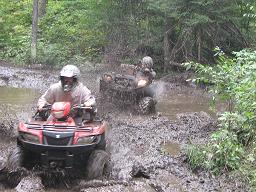
Making a clean ATV out of a muddy one takes more then 2 steps. It takes more then hosing it off and taking it for a drive. That is, if you care about your bike. Because if you clean your ATV properly you’re expanding its lifespan.
Before hosing off the ATV, close off the exhaust and air box. Either close off the exhaust with some duct tape or put a cloth into the back of the exhaust. Or use a silencer plug (Pro Grip Silencer Plug or MSR Racing Silencer Plug) and never hassle with cloths or tape again; this to prevent water from filtering through to the cylinder. Next, close of you air box as well, again using a large cloth to prevent water from filtering through to the carburetor.
BEFORE hosing off the bike, make sure your engine is cooled off. DO NOT & NEVER cool off your engine by spraying water on it! Because, if you do so, you’re increasing the chance you’ll pull your engine. Don’t force metal to contract faster then it naturally does when it naturally cools off. The same counts next time you want to take your ATV for a ride. Don’t take off immediately after you’ve started the engine. Give it some time to warm up first… Grant the metal some slack.
If you want to extend the life of your ATV, these are the most crucial points.
Just give your engine the time to cool off & warm up!
To best way to hose off the ATV is by making use of a high-pressure cleaner, preferably connected to a warm water tap. Make sure, if you buy a high-pressure cleaner, it has a minimal pressure of 60BAR. More pressure isn’t actually necessary, since the chance you’ll find yourself hosing off decals and graphics increases. If you do have more pressure then 60BAR, cleaning will go faster, but watch out for your decals and exposed holes. Of course you can also finish the job using a simple garden hose or bucket filled with water and soap. No problem!
There are two ways you can soap in your ATV.
– using a high compression cleaner that has a function to soap in,
– using ATV wash products, which is affective.
Either way, let the soap set for 5 minutes before you wash off.
TIP: Afterwards, check your the level of your Yamalube 2M and start your engine; let it run for a minute or two to ensure your engine will definitely start up next time you take it out.
Did you like this? Share it:
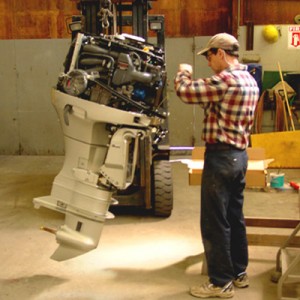 Now that we have gone over the two cycle oil and gasoline specifications, as well as the benefits of the outboard motor, it is time to determine which model is right for you. The motor that you choose will be largely dependent on the hull of the craft that you plan to attach it to. Every boat built in the US has a “Guard Rating Plate”; this shows the maximum horsepower for the motor, but you should also be sure never to go below 75 percent of this number.
Now that we have gone over the two cycle oil and gasoline specifications, as well as the benefits of the outboard motor, it is time to determine which model is right for you. The motor that you choose will be largely dependent on the hull of the craft that you plan to attach it to. Every boat built in the US has a “Guard Rating Plate”; this shows the maximum horsepower for the motor, but you should also be sure never to go below 75 percent of this number.

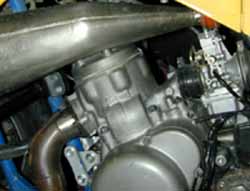 Yesterday we overviewed the main process that takes place in the cycle of a two-stroke engine. Now we are going to breakdown this process a little further to better understand what is occurring in this process. When the piston is working in its cycle, the crankshaft will give the piston momentum so that it can return to the spark plug for the compression stroke. During this process the piston compresses the mixture of
Yesterday we overviewed the main process that takes place in the cycle of a two-stroke engine. Now we are going to breakdown this process a little further to better understand what is occurring in this process. When the piston is working in its cycle, the crankshaft will give the piston momentum so that it can return to the spark plug for the compression stroke. During this process the piston compresses the mixture of 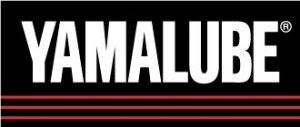
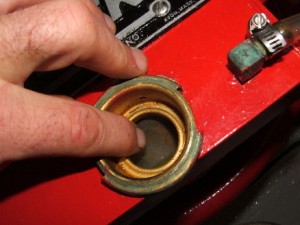 As all boat owners will tell you, keeping your watercraft in optimal condition is vital to maintaining performance and resale value. Many people find it necessary to bring their boat to a mechanic every time it needs a tune up, but most of the basic adjustments can be made in just a few minutes. Learning a few of the fundamentals of basic boat maintenance will save you time and money in the long run.
As all boat owners will tell you, keeping your watercraft in optimal condition is vital to maintaining performance and resale value. Many people find it necessary to bring their boat to a mechanic every time it needs a tune up, but most of the basic adjustments can be made in just a few minutes. Learning a few of the fundamentals of basic boat maintenance will save you time and money in the long run.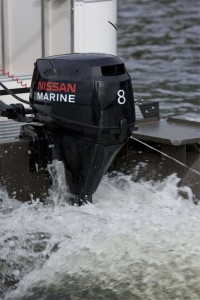 Most outboard motors will run fine for years with little or no attention. If you notice that your outboard motor is running at a slow speed or idle problem then you should consider getting a major tune which includes:
Most outboard motors will run fine for years with little or no attention. If you notice that your outboard motor is running at a slow speed or idle problem then you should consider getting a major tune which includes: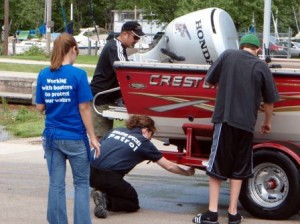
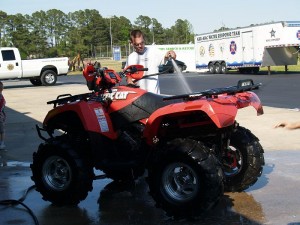 Any ATV enthusiast knows just how much abuse an ATV can take. Whether you take them through marshy land or over boulder fields, an ATV is often revved and ridden over tough terrain. In addition to receiving the inevitable scratches and dents that come with that rough terrain, your ATV is also likely to sustain more superficial damage such as excessive mud and dirt. But if you want to keep your ATV shiny after a full day of riding, it’s not that difficult.
Any ATV enthusiast knows just how much abuse an ATV can take. Whether you take them through marshy land or over boulder fields, an ATV is often revved and ridden over tough terrain. In addition to receiving the inevitable scratches and dents that come with that rough terrain, your ATV is also likely to sustain more superficial damage such as excessive mud and dirt. But if you want to keep your ATV shiny after a full day of riding, it’s not that difficult.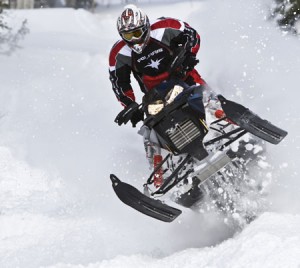 The last two days we have reviewed some of the basic checks that you should go through every time that you take your snowmobile out. Once you have ensured that the
The last two days we have reviewed some of the basic checks that you should go through every time that you take your snowmobile out. Once you have ensured that the 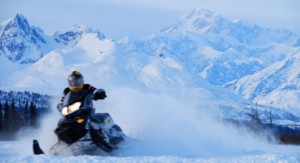

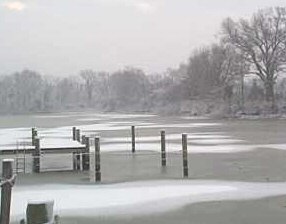 Even the if you think that your baby is indestructible, all boats need primo care. With winter upon us, it is time to start winterizing your boat and reading up on the precautions you need to take to ensure a long life for your craft. Below is a step-by-step guide to winterizing your boat, but before you begin, drain the gear case and check for excessive moisture in the motor.
Even the if you think that your baby is indestructible, all boats need primo care. With winter upon us, it is time to start winterizing your boat and reading up on the precautions you need to take to ensure a long life for your craft. Below is a step-by-step guide to winterizing your boat, but before you begin, drain the gear case and check for excessive moisture in the motor.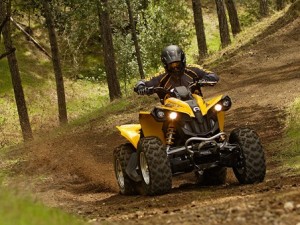 It has been about 30 years since the first ATV was introduced to the market, and since then they have become more and more popular every year. Just what is the appeal of these three and four wheel machines, could it be just the excitement that riding them creates? Nowadays you will find entire families enjoying the excitement and riding as a family activity. But there is always down sides to things, and riding ATVs is no different. Many accidents happen each year to people riding ATVs, keeping a few things in mind and following some simple safety procedures could keep you in the safe zone at all times.
It has been about 30 years since the first ATV was introduced to the market, and since then they have become more and more popular every year. Just what is the appeal of these three and four wheel machines, could it be just the excitement that riding them creates? Nowadays you will find entire families enjoying the excitement and riding as a family activity. But there is always down sides to things, and riding ATVs is no different. Many accidents happen each year to people riding ATVs, keeping a few things in mind and following some simple safety procedures could keep you in the safe zone at all times.